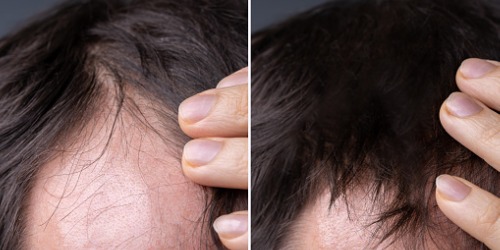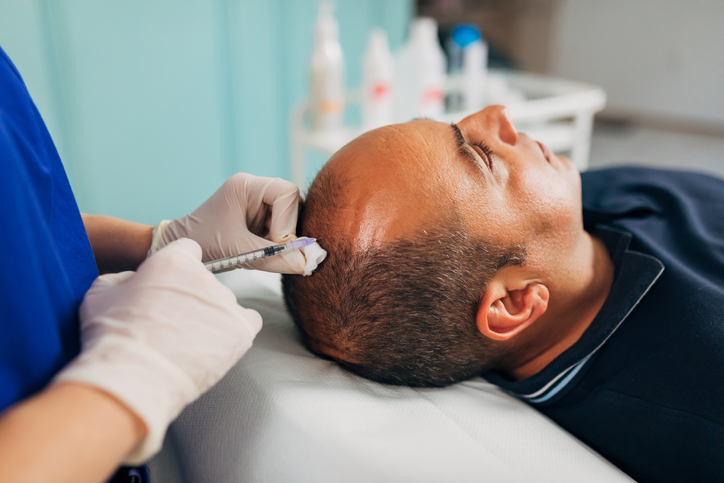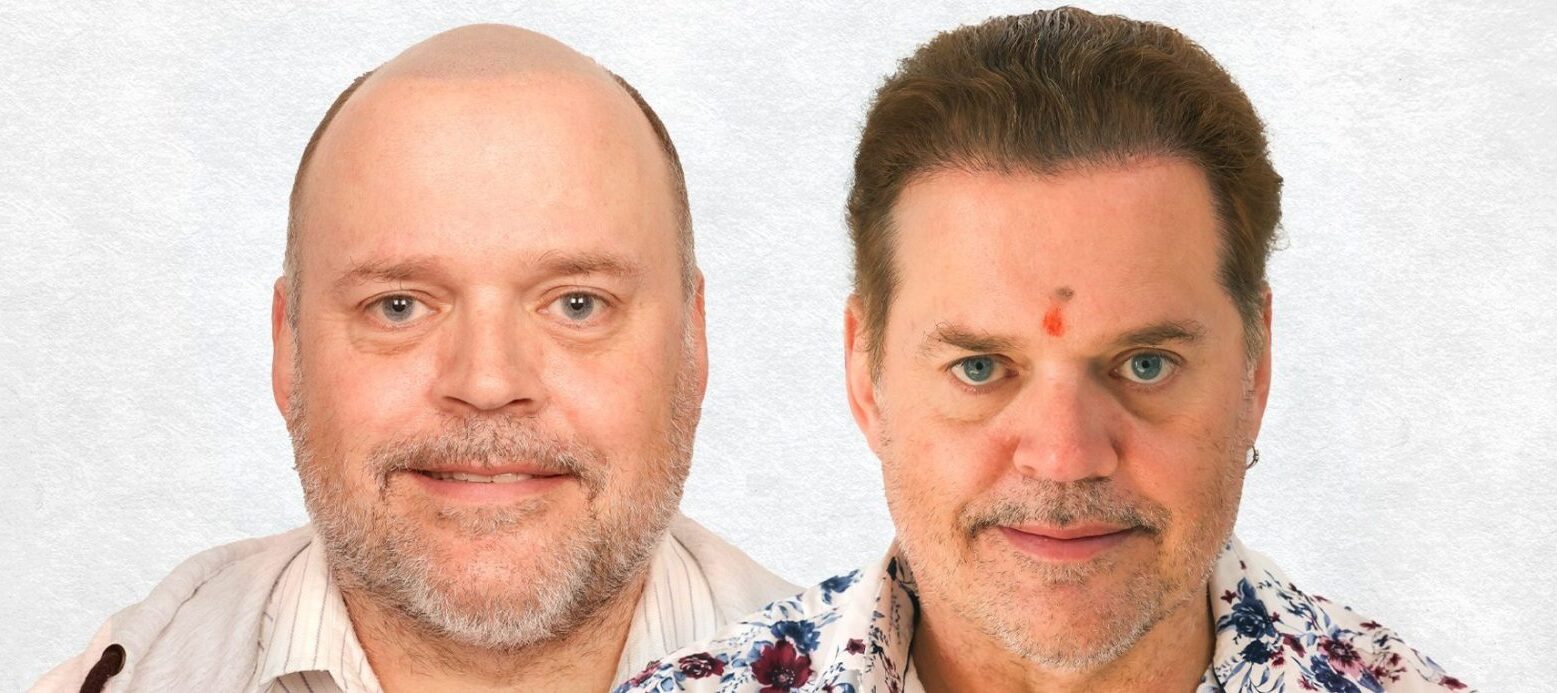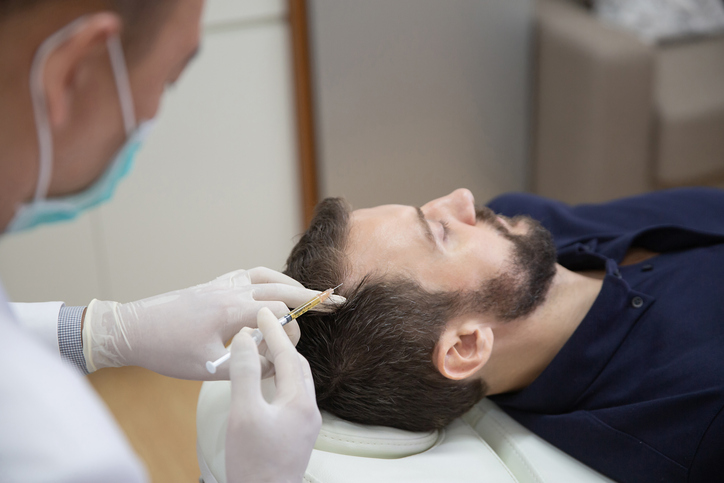Hair loss can significantly impact a person’s appearance and self-confidence. Fortunately, hair transplant surgery has become an effective solution for individuals seeking to restore their hairline and regain a fuller head of hair. When considering a hair transplant, it is essential to understand the concept of density and fullness and how they play a role in assessing the success of the procedure. In this article, we will explore the importance of density and fullness when evaluating hair transplant results, both before and after the surgery.
Before undergoing a hair transplant, individuals often have areas of thinning or baldness that affect the overall density and fullness of their hair. These areas may be characterised by visible scalp skin or a lack of hair growth. During the initial consultation, the surgeon assesses the existing hair density and fullness and discusses the desired outcome with the patient. This evaluation helps determine the appropriate treatment plan and sets realistic expectations for the results.
Assessing Density:
Density refers to the number of hair follicles per unit area of the scalp. In areas affected by hair loss, the density is usually lower compared to areas with healthy hair growth. During the pre-operative assessment, the surgeon evaluates the donor area, which is the region from which hair follicles will be extracted for transplantation. The density of the donor area plays a crucial role in determining the number of grafts available for transplantation. The higher the density, the more grafts can be extracted, resulting in a greater potential for achieving a fuller head of hair.
Assessing Fullness:
Fullness refers to the overall appearance of thickness and volume in the hair. Before a hair transplant, areas of thinning or baldness often lack the desired fullness. The surgeon evaluates the patient’s hair characteristics, including the texture, colour, and hair shaft diameter, to determine the appropriate approach for achieving natural-looking fullness. During the consultation, the surgeon and patient discuss the desired hairline design and the expected level of fullness to be achieved through the transplant.
After the Hair Transplant: After undergoing a hair transplant, patients experience a period of healing and hair growth. It is essential to understand that the results are not immediate, and it takes time for the transplanted hair follicles to establish themselves and begin growing in their new location. The timeline for visible growth varies from person to person, but patients can typically expect to see initial growth within a few months, with full results becoming noticeable within a year.
When assessing the success of a hair transplant procedure, both density and fullness are crucial factors. The transplanted hair follicles should establish themselves and grow in a way that achieves a natural-looking density and fullness. The surgeon aims to replicate the patient’s natural hair pattern, hairline, and overall appearance, ensuring that the transplanted hair blends seamlessly with the existing hair.
The transplanted hair follicles should be strategically placed to mimic the natural hair growth pattern, ensuring that there are no visible gaps or areas of sparse hair. The surgeon works meticulously to distribute the transplanted grafts evenly, creating a uniform density that appears natural. The density should be sufficient to provide coverage and camouflage any areas of thinning or baldness.
The transplanted hair should grow with similar characteristics as the patient’s natural hair, including texture, colour, and thickness. The surgeon meticulously places the grafts to achieve a balanced and harmonious distribution, ensuring that the transplanted hair blends seamlessly with the existing hair. This attention to detail is crucial in creating a result that looks natural and provides the desired fullness.
In conclusion, assessing density and fullness is essential when evaluating the success of a hair transplant, both before and after the procedure. The surgeon’s expertise and attention to detail play a crucial role in achieving natural-looking results. By carefully assessing the density and fullness during the pre-operative evaluation and post-operative growth stages, patients can expect a hair transplant that restores a fuller head of hair and boosts their confidence and self-esteem.





